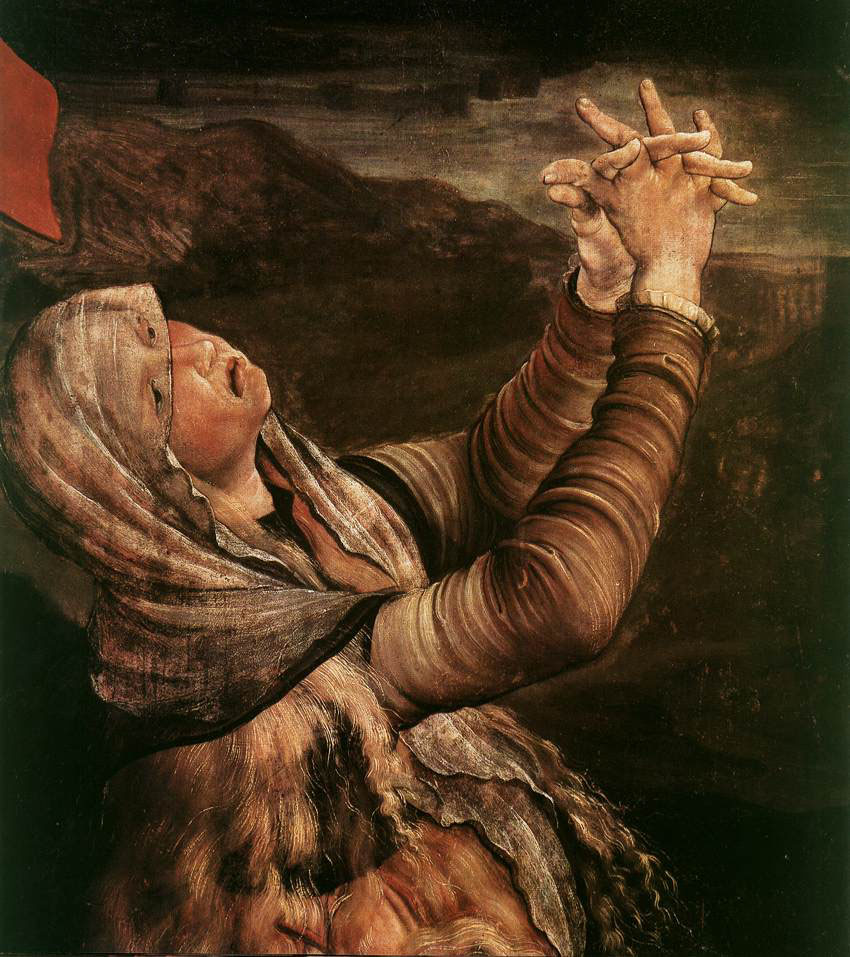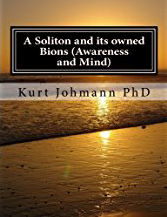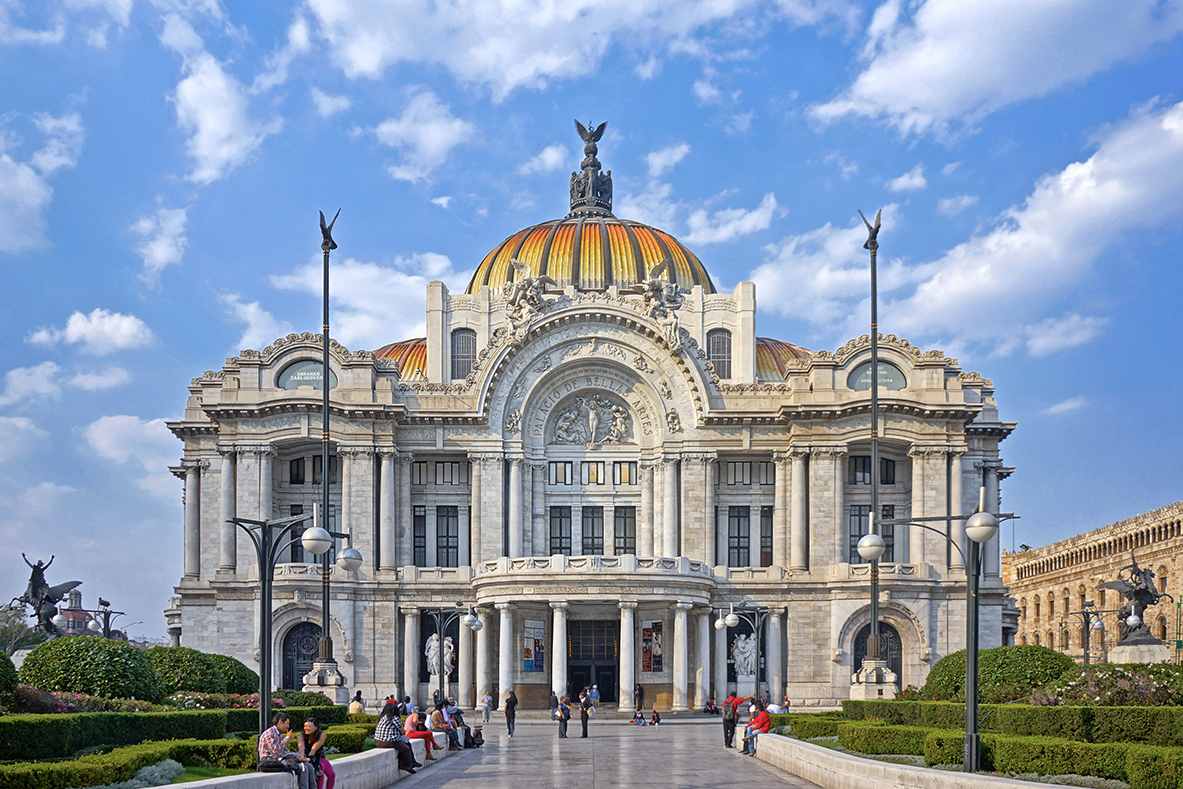by Ferdinand Bardamu
 Section III: Censorship and the Christian War on Western Culture
Section III: Censorship and the Christian War on Western Culture
The ecclesiastical decision to censor and suppress classical literature was influenced by militant Christian “fundamentalists,” bigoted anti-intellectuals like Ambrose and John Chrysostom. These men, because of their prominence in ecclesiastical affairs and importance for the patristic canon, were able to aggressively push for an agenda calling for the eradication of all pagan artistic, cultural and scientific achievement. The patristic attack on the intellectual foundations of the ancient world was continued by the medieval church. Isidore of Seville, the most influential and widely read author of the Dark Ages, repeatedly warned his flock of the spiritual dangers posed by reading secular philosophy and science. The canon law of the church had long prohibited Christians from reading secular literature, excluding clergy who consulted these writings to combat heresy and paganism.
The Christianization of 4th century Rome made the church sole inheritor of the great storehouses of ancient wisdom that had been accumulated throughout the centuries. As pagans dwindled in numbers and influence, the monastic scriptoria came to dominate textual transmission, especially after 400. Guided by ecclesiastical censure and canon law, the scriptoria, with few exceptions, ceased copying secular writings for over 300 years, severing medieval Europe from the great scientific and technological achievements of the ancient past. During the Dark Ages, nearly all Greco-Roman literature was removed from circulation and replaced with patristic, biblical and liturgical writings. Works of science and philosophy, some well ahead of their time, were discarded by ecclesiastical officials as rubbish. Sometimes they were re-used for mundane purposes; relics were once found wrapped in the pages of Livy’s Histories. Italian Renaissance scholar Pietro Bembo estimated that less than 1% of all Greek literature survived the turmoil and chaos of the Dark Ages. Modern scholars have made similar estimates for the survival of Latin literature.
Christian religionists allege barbarian invasion as a significant factor in the loss of Western scientific and technical knowledge; they neglect to mention that the barbarians who terrorized the western half of the empire were also Christians. At any rate, barbarian invasion played virtually no role in the destruction of the West’s literary heritage; the majority of Greek and Latin literature was still extant by 500 AD, as the age of Germanic migration was drawing to a close. Although there is no evidence of barbarians burning books or libraries, there is an abundance of evidence implicating Christians in the active destruction and censorship of an entire civilization’s repository of secular knowledge. After the Christian destruction of the Library of Alexandria, the second most destructive act of Christian literary vandalism was the burning of over 120,000 manuscripts by crusaders during the sack of Constantinople in 1204.
Apologists for Christianity emphasize the role of economic and material factors in the disappearance of Western culture during the Dark Ages. In their view, most pagan works simply disintegrated because they were written on papyrus, a fragile material. But this is a myth; papyrus is a highly durable medium, able to withstand the centuries under the right conditions. They cannot explain why the fragility of papyrus was never an issue for the transmission of classical texts until after late antiquity, when the Christian church was at the apogee of its power and influence in Europe. Other religionists speculate that the transition from papyrus to parchment in late antiquity made the copying of pagan literature a costly enterprise. This argument fails because the relative cost of papyrus and parchment cannot be ascertained from the available sources; cost is irrelevant anyway because parchment replaced papyrus in Egypt.
The Christian religionist unwittingly reveals another mode of ecclesiastical censorship and suppression: the refusal to recopy pagan works from papyrus to parchment, which happened during the large-scale replacement of papyrus with parchment in the early medieval period. Still, and embarrassingly enough for the Christian religionist, he cannot explain why Christian writings, whether patristic, liturgical or biblical, outnumber pagan writings by a staggering ratio of 25 to 1. Only widespread Christian censorship and suppression of pagan science and philosophy can adequately account for these glaring statistical discrepancies.
Apologists say Islamic conquest of Egypt in 642 disrupted trans-Mediterranean shipments of papyrus, which resulted in the loss of much ancient literature. However, the historical record reveals that the West’s barbarian rulers, as well as the Byzantine emperor, always had access to a steady supply of Egyptian papyrus. Although Egypt came under Moslem rule, papyrus manufacture remained a Christian enterprise, with Moslems now exporting it to Europe. The irony is that, although Byzantine rulers always had access to an abundant supply of papyrus, the Greek and Roman literature in their possession still gradually dropped out of circulation and vanished from library shelves.
In the Latin-speaking West, decline in papyrus as a writing material is related to large-scale abandonment of Roman forms of government. For example, the Code Justinian contains legislation mandating the use of papyrus for government documents. In keeping with Roman bureaucratic norms, the Merovingian chancery used papyrus until the late 7th century. This practice disappeared under the Carolingians, a dynasty originating in the Germanic east. Unlike the Romanized west, which was more urban and centrally administered, the Germanic east was decentralized and rural. For these reasons, parchment gradually supplanted papyrus in Europe.
In the Christian religious mind, Irish monasteries played an instrumental role in the “preservation” of Western scientific and technical knowledge, but this is a risible claim. What work of preservation was there when over 99% of all secular writings were either destroyed or suppressed by the Christian church? There was no preservation. What did manage to survive, did so in spite of Christianity, not because of it.
That almost nothing of this literature managed to survive shows that the Christian church conducted a remarkably successful campaign of censorship and suppression, the most successful in all history. This is further reinforced by statistical data on book production from 400 to 800 AD. In the fifth century, 27% of extant manuscripts copied were pagan, with the rest being works of a largely patristic, biblical or liturgical nature; this declined to 7% in the sixth century, 2% in the seventh century and 1% in the eighth century, out of a grand total of 834 extant Latin manuscripts.
Over a 400-year period, we see classical works being gradually removed from circulation. This is a pattern indicative of widespread and systematic literary censorship and suppression. If the steep decline in the number of classical texts copied had continued uninterrupted, all pagan scientific, technical and philosophical knowledge would have vanished from memory.
Contrary to the bigoted claims of Christian religionists, we do not see “preservation.” Careful examination of the historical record reveals that the Christian church bears sole responsibility for the destruction and suppression of over 99% of Greek and Latin literature.
Christianity’s eradication of the accumulated wisdom of the ages is one of the greatest crimes ever committed against the West. No act of censorship has been more destructive in world history than the one carried out by this institution. Without the life-giving knowledge of the ancient world, maintaining an advanced pre-industrial civilization became virtually impossible. Christian censorship and suppression of secular knowledge is the main reason behind Europe’s descent into the Dark Ages after the collapse of imperial rule in the West.
Apologists foolishly condemn all criticism of the church for suppressing the technical and scientific knowledge of antiquity as anachronistic. The fact of the matter is that progress, curiosity and reason are among Europeans’ most important inheritance from the classical world. Modern Western civilization would cease to exist without these values.
The decision of the scriptoria to discard works of science, mathematics, engineering and philosophy was a complete rejection of progress, intellectual curiosity and reason. It was the rejection of civilization in favor of a prehistoric existence as the Christian ideal. As a direct result of Christianization, the scriptoria nearly ceased copying the writings of antiquity for centuries; for the first time in history, Europe was in danger of losing her ancient storehouse of scientific, technical and philosophic knowledge that would be so crucial for the Renaissance and the Scientific Revolution.



